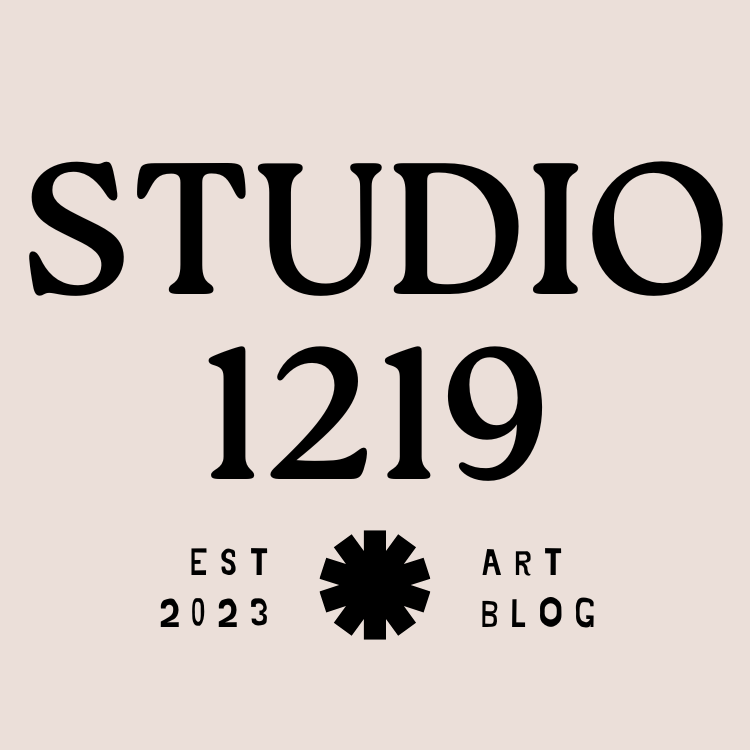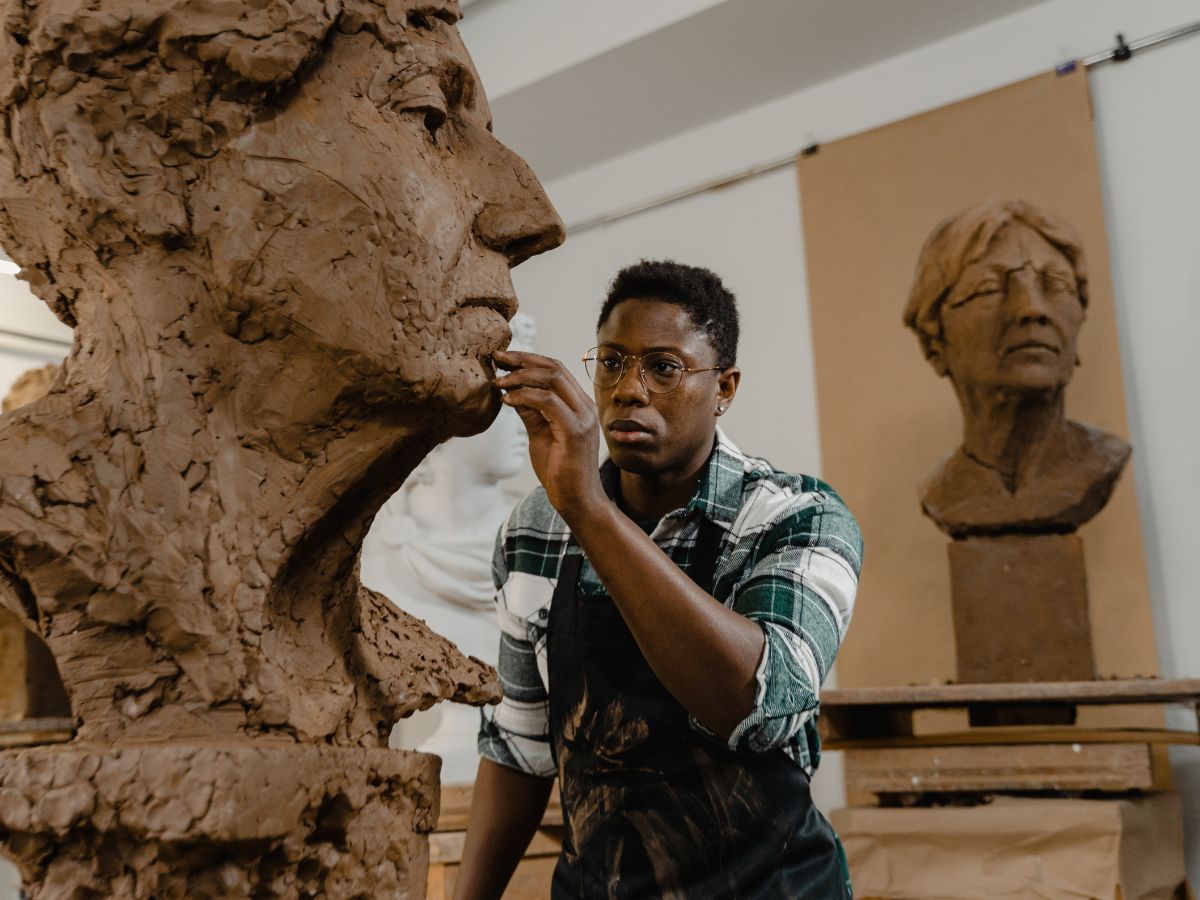Art studios have been a reflection of the spirit of their times and the artists who worked in them. They often influenced the artist’s creations, bringing them inspired ideas and helping them enter their world of imagination. Art studios have been intimate and often revered spaces for the artists. They’ve helped artists create some marvelous paintings, sculptures, and several other forms of art.
With the gradual progression of the history of arts, these studios have also evolved significantly. Today, they’ve become a place for planning, development, professional meetings, and negotiations. Moreover, an art studio has also become a matter of great prestige for the artist owning it.
When you visit one of the art studios, you’ll feel an overwhelming presence of the artist. You can even get to see them work in these spaces if you’re lucky. Art studios always have something new to offer every time you visit them. They’re indeed a wonderful place to explore some excellent works of art and the artist’s character as well.
The earliest days of art studios
Many talented artists worked within the monasteries during the Middle Ages. While they came up with some brilliant pieces of art, everything that they created had a reference to God and religion. Some wealthy individuals sought to end the influence of the religious institutions on arts and artists. They wanted to have a say on what artworks looked like and what they needed to depict.
Thus, the art studios sprung up at the beginning of the Renaissance period. Soon, they became sanctuaries for the artists’ enthusiasm and motivation. They became a reminder of the artists’ working habits and how painstakingly they made the artworks.
Art studios during the 17th and 18th centuries
In the 17th century, studios began to attract curious art lovers. They were the ones with an urge to see the great talents at work. According to Leonardo da Vinci, an artist studio were to be smaller in appearance. In his opinion, large studios often distracted the mind, while small rooms disciplined it. Many great forms of art came up during this period, such as murals, portraits, and altarpieces.
Such works were commissioned from artists by the patrons to use them as symbols of their financial status. The 17th century saw the introduction of terms such as ‘studiolo’ and ‘bottega’. The former meant a room separated from the rest and used by the artist for contemplation. The use of the latter was for describing a workroom.
Both these spaces were often located inside the same art studio. A number of art students were hosted in bottegas. Antony Van Dyck and Peter Paul Rubens were some of the renowned masters who taught in such bottegas. In the 18th century, such studios became more secretive, where the most talented artists were engaged in their artistic endeavors.
The 19th century art studios
With the founding of Ecole Nationale Superieure des Beaux-Arts in Paris in 1816, things changed considerably. It soon launched its exhibition program called ‘salons’. These shows were frequently organized and supported the academic production of art. The critics and enthusiasts were also involved in this process. Soon, the salons became major events in Europe.
The industrial revolution in the 19th century resulted in several innovations made in the field of art. Paint became readily available in tubes made of aluminum. Some portable artistic tools such as easels and brushes were manufactured as well.

